Meetings have never had such a shakeup as they’ve had in 2020, when virtual became the name of the game – but what learnings will we take forward into the next few years?
Learning No 1: agile working works. Any organization who ever thought it didn’t has now had plenty of experience that shows working from home can be productive and happy.
Learning No 2: we still need face to face sometimes. For collaboration, sparking ideas off each other and simply building good working relationships, it still can’t be beaten.
Learning No 3: any workplace that doesn’t act upon 1 and 2 is NOT going to be heading any Best Place to Work polls. You’ve been warned!
So while your offices are still less occupied, now’s great time to plan how you are going to manage your meeting rooms and desk spaces in the future.
Say hi to the #workplace2021 venue
Knowledge workers in particular have embraced flexible working. A CBRE study even before the pandemic found that 45% of respondents expected significant use of flexible offices by 2021, as part of an enhanced employee experience.
But they got what they wanted in 2020…and now they want to hang onto the best things about it.
A survey by the British Council of Offices found most workers will return to the office, but only 30% plan to be office-based five days a week.
46% plan to divide their time between the office and home.
With this move to more remote and hybrid working, the demands placed on real estate are going to change too.
The purpose of your building will change. It will no longer be just a place for formal meetings and desks, but rather something more like a venue – a place for gathering, engaging, teambuilding, training, inspiration and activity-based working.
Discover our CEO Luis De Souza’s expert predictions for #workplace2021
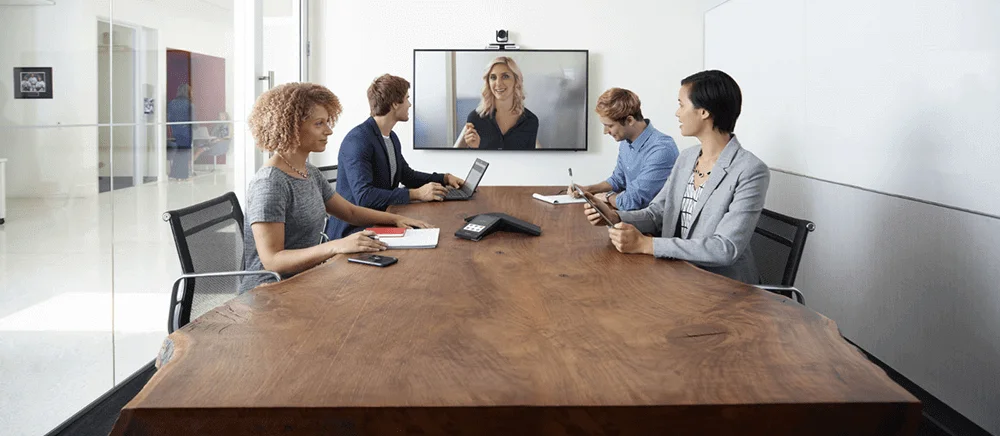
Your technology needs are changing
The CBRE report predicts that to meet these changing needs, companies will need to invest in solutions like sensor technology, room and desk reservation apps to manage this changing landscape.
Your workplace technology should go large on these 4 elements:
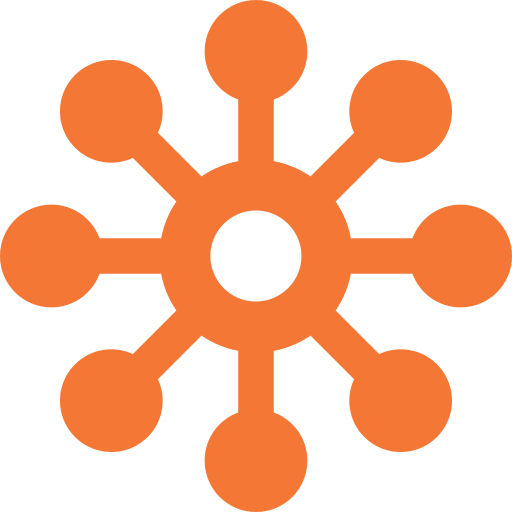
Integration
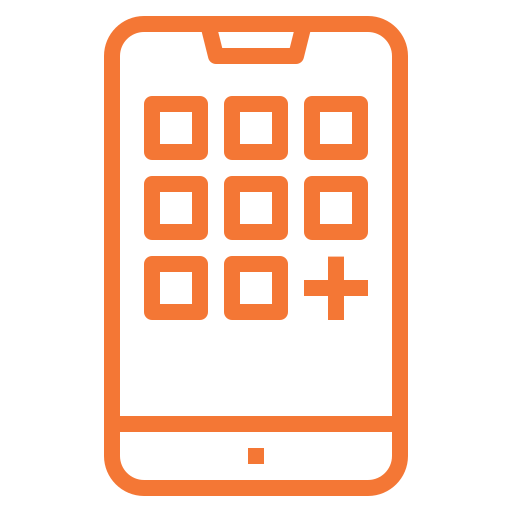
Mobile space booking
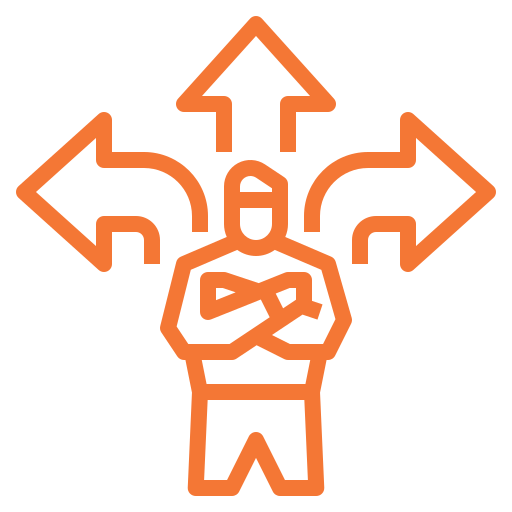
Flexibility
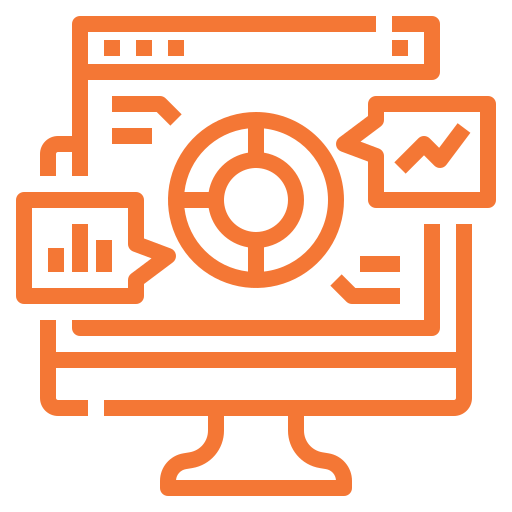
Data Insights
1. Integration
There is always going to be a need for meeting room booking software to manage space – but it needs to be part of a holistic ecosystem.
Progressive organizations are investing in hardware and software to provide an enhanced user experience for employees and visitors, so it’s a no brainer that all the systems should work together.
Many organizations are using digital signage to improve the employee and visitor experience.
Seamless integration with the meeting room booking software ensures that the correct meeting information is always on display – and as one of our legal clients found – reduces a lot of time wasted trying to find which rooms are occupied.
The meeting room booking software also needs to be flexible so if a meeting is over-running, the host can extend it easily via the meeting panel.
Meeting room software isn’t only about making life convenient for hosts – it’s also about making the visitor experience as professional as possible.
A good meeting room software solution manages visitors by offering a seamless check in and check out process and producing professional visitor badges on arrival.
A great solution will integrate with security, scanners and health screening. Check out our video for a quick overview of how a great visitor management solution works in practice:
Integration also takes care of the human aspects of managing meetings. The meeting room software handles service alerts to catering, AV and cleaning.
Integration with Outlook is key as it keeps everyone up to speed – attendees, hosts and service staff – with any changes to meetings and meeting requirements.
2. Mobile space booking
With more workers adopting hybrid working, it’s important that the meeting room management software they use reflects their needs. They want to book meeting rooms, desks and collaborative spaces quickly from a mobile device, using an app.
It should be easy, using the minimum of touches and swipes. All should integrated with Outlook so that once the desk booking or meeting booking is made it goes straight into their calendar – and also into their attendees’ calendars.
New features like floorplan booking means staff can easily book desks or collaborative spaces with their teams once their meeting is over, for example.
With mobile computing being so powerful, it’s now possible to book quite complex meetings just using a mobile phone. Adding catering, AV and videoconferencing facilities can be done in less than 5 minutes – even across continents. Integration with Skype, Teams and Zoom enabled meeting rooms makes the hybrid meeting experience an efficient process.
Watch this video below to see how easy it is to use an app to book a productive day in the office:
3. Flexibility
Above all, the software and hardware solutions you choose need to empower collaboration.
Why? Well, workers will find themselves involved in different working styles during the day including:
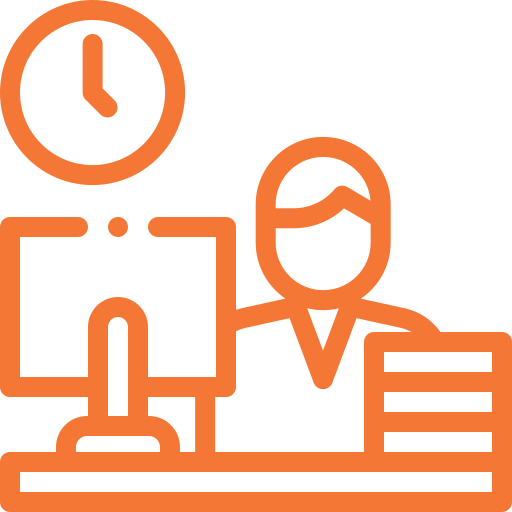
Hot desking

Working on a team project
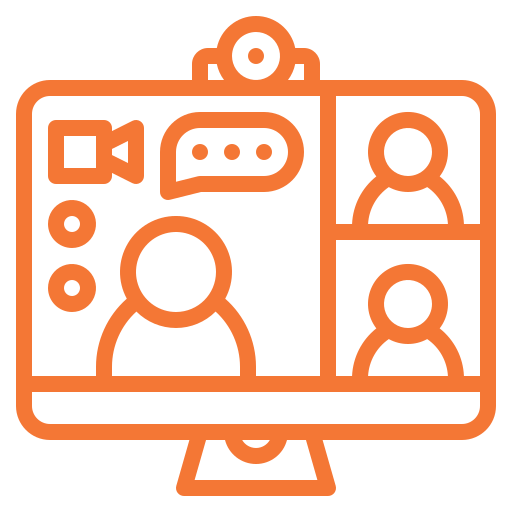
Video conferencing with a distributed team

Face to face meetings
To achieve this level of flexibility, look at these complementary technologies:
Sensors – great for hot desking and collaboration. Your workers can see by glancing at the digital signage where the free hot desks are, or what larger collaborative spaces are available. Motion sensing takes care of checking them in or out.
An office hoteling app – if desk demand outstrips supply, create a hoteling policy where workers pre-book desks and check in/out.
Using the mobile app, it is easy for them to pre-book and, if demand really outstrips supply, you can create automated policies so if no-one shows for a desk, it’s released into availability.
Desk sensors – great for hoteling. These can be used to quickly check in and out of hot desks as well as notifying workers when the desk is available and when it is being cleaned.
Some companies are using this flexibility in creative ways to encourage collaboration within existing teams, and also to get teams working across functions for fresh ideas.
Check out this video to see how leading research company IDC are using agile technology to drive space utilization and encourage collaboration:
4. Data Insights
In a world full of constant change you need to be at least one step ahead. Your meeting room booking software solution should capture the in-depth utilization data that gives you insight and the ability to plan effectively.
This data includes:
Historic data – pinpoint exactly how office spaces have been used
Utilization metrics – discover when and how your space is used, with at a glance occupancy for your meeting rooms and desks
Room occupancy – crucial data if you need to maintain lower room densities because of social distancing, or if you are looking to reconfigure rooms in the future
Visitor analytics – critical for test and trace as well as determining future demand for services and space
Start your journey into #workplace2021 and beyond
The 9-to-5 is through.
Workers are no longer looking for a one-size-fits all experience in the office or, indeed, work. Meetings are as likely to take place over the kitchen table as they are in a state-of-the-art meeting room – or even take place in both at the same time.
To manage your hybrid workforce’s constantly varying needs is going to require a robust technology stack with a great meeting room booking software as its beating heart.
So seek a system that ticks all the boxes of space utilization, user experience and the data you need to drive effective future real estate decisions.
Succeed in that, and you’ll have the support you need to create an efficient, productive and above all healthy workplace in 2021 and beyond. And after the year of pandemic, who could ask for more?









